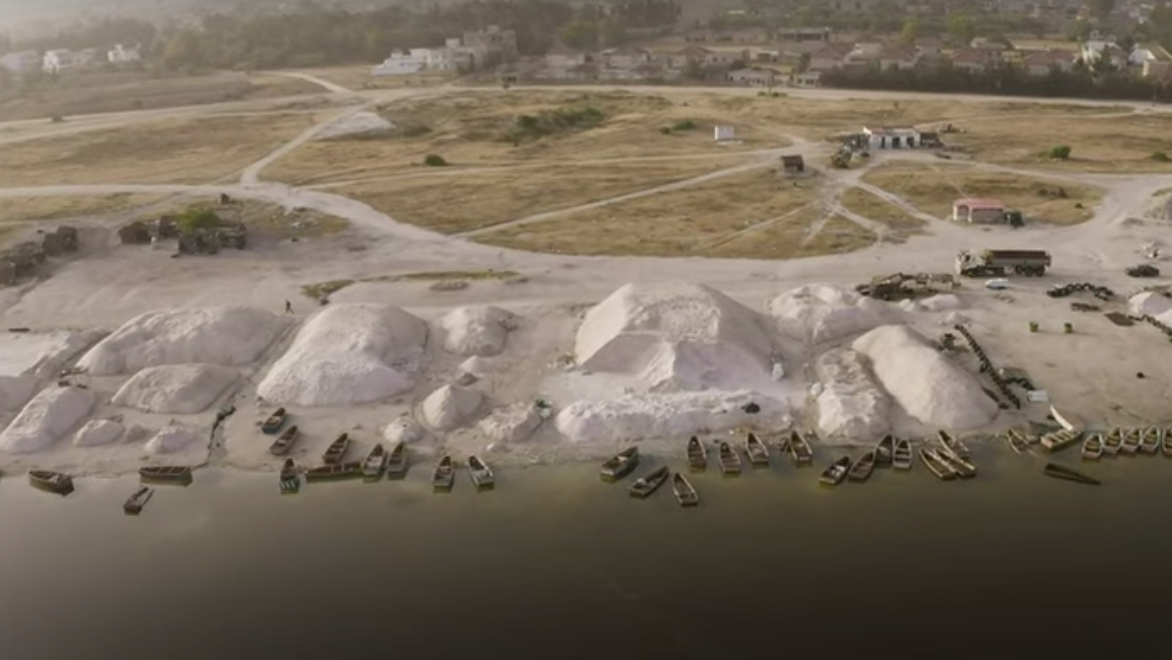TIL How Salt Is Harvested From One Of The Saltiest Lakes In The World
Lake Retba in Senegal is one of the saltiest lakes in the world. Compared to the Dead Sea, which contains 260 grams of salt per liter of water, the Pink Lake, as it's called, has 380 grams per liter of water. That's a lot of salt! Sixty thousand tons of this bounty of sodium chloride are harvested from the Pink Lake every year. There's so much salt that if you try to dive into the water you'll simply be buoyed up at the surface, just like in the Dead Sea.
This fascinating video, produced by Eater, follows a salt harvester named Seydou Touré. It's a very difficult job, made even harder by the fact that the water holds a ton of heat; by September the water gets up to 40 degrees Celsius (104 degrees Fahrenheit).
Even the canoes have to be shaped differently to navigate the waters of the Pink Lake; the density of the water (all that salt means more molecules are packed in) requires a flat-bottomed boat. A traditionally curved bottom boat would capsize.
Harvesters extract salt from the lake by allowing the water to evaporate in shallow pools. What's wild is that they can also harvest it from the lake itself: crystallized salt that forms in the water actually sinks to the bottom. This is how Touré does it. After he picks a spot that he deems thick enough with salt by checking with his paddle, he agitates the floor of the lake to break up the salt. Then, using stilt-like shoes to keep his body partially above water, he'll use a sieve made of coconut fiber and plastic to scoop it all up. The salt haul has a slight pinkish hue due to the presence of algae, but after a few days baking in the hot sun, it'll return to a white color. (With all the jumping into the water Touré does, you might also wonder how he protects his skin. The answer is shea butter.)
Once Touré returns to shore with the haul, Fatou Guéye begins the arduous task of manually moving 30-kilogram buckets to one of the enormous salt piles that extend over the shore of the Pink Lake. On a good day, she can move 200 buckets. After the salt dries out and turns white, iodine is added as a supplement for people who need the mineral to prevent medical conditions like goiters. The iodine is carefully mixed in with water and sprayed on the surface of the salt. Finally the salt is broken up, and loaded into bags for export.
This industry keeps 600 people employed and it also keeps locals filled up on the staple kitchen ingredient for use daily. It's a painstaking process, and one that's well worth learning about. You may not look at salt the same way again.
